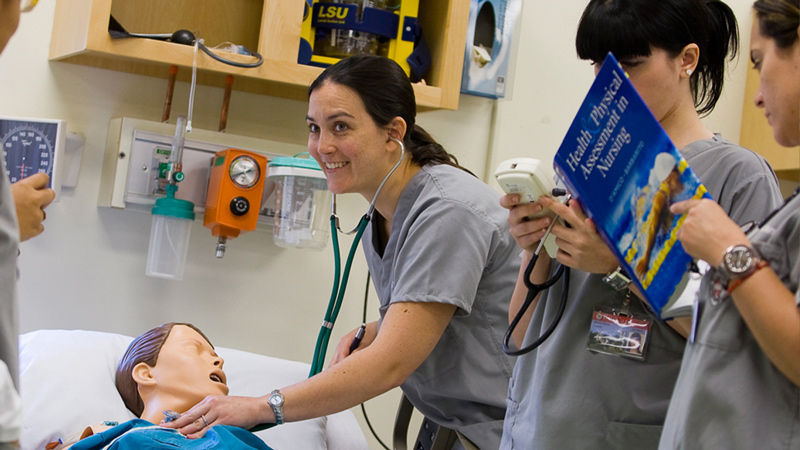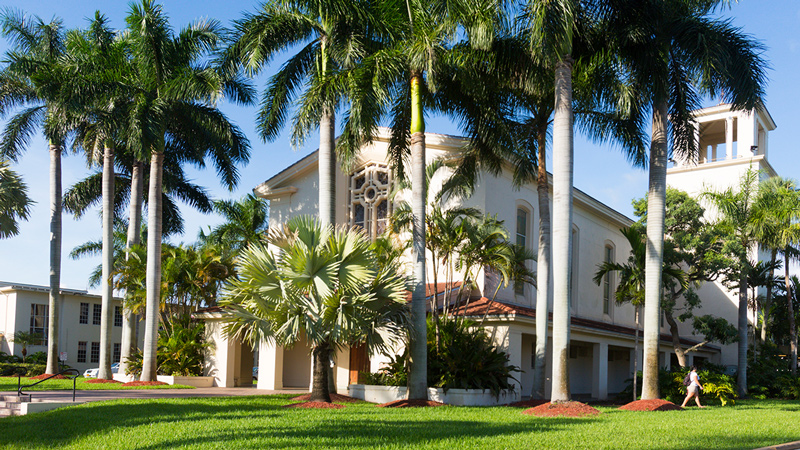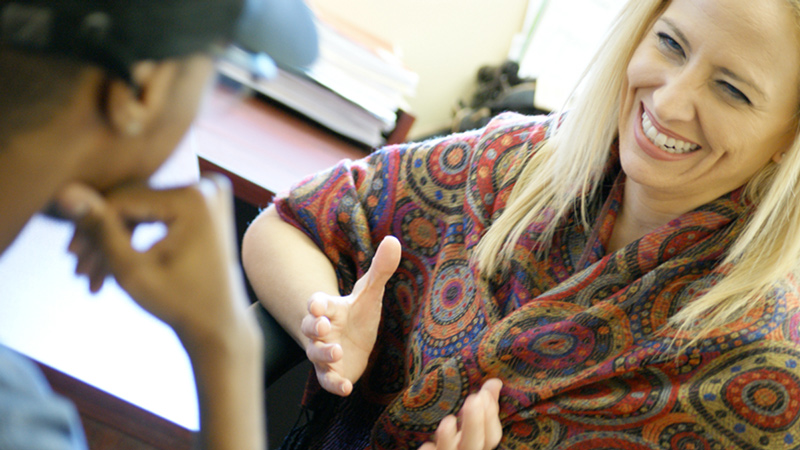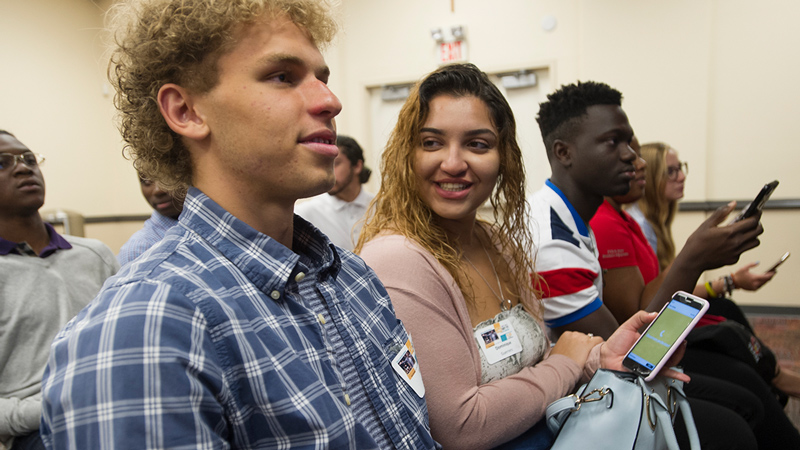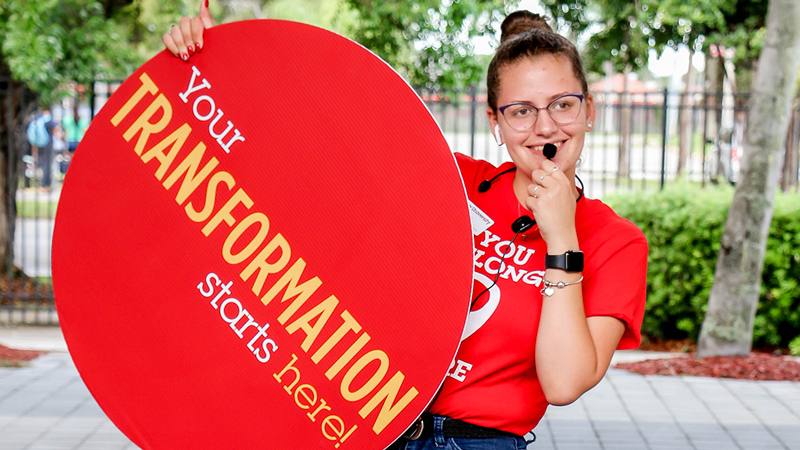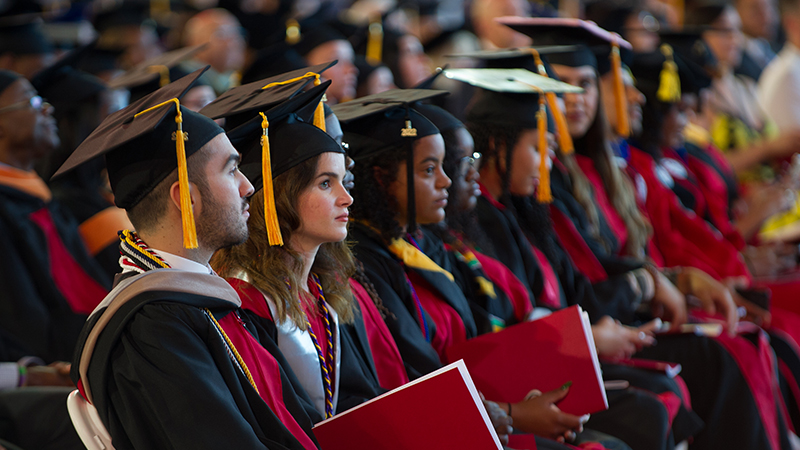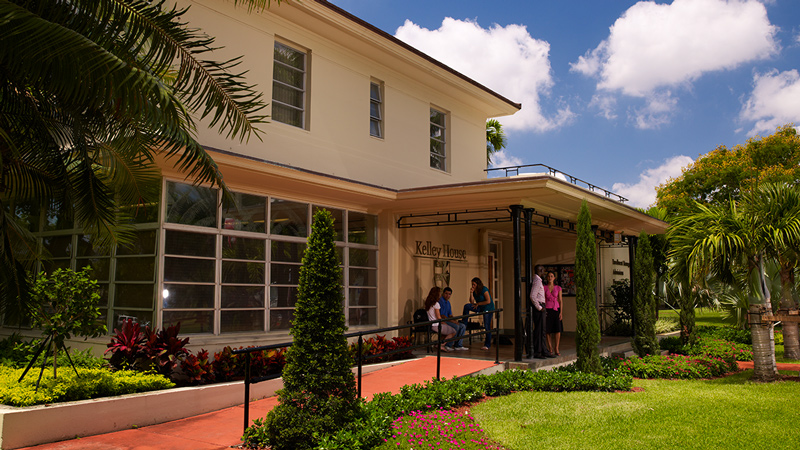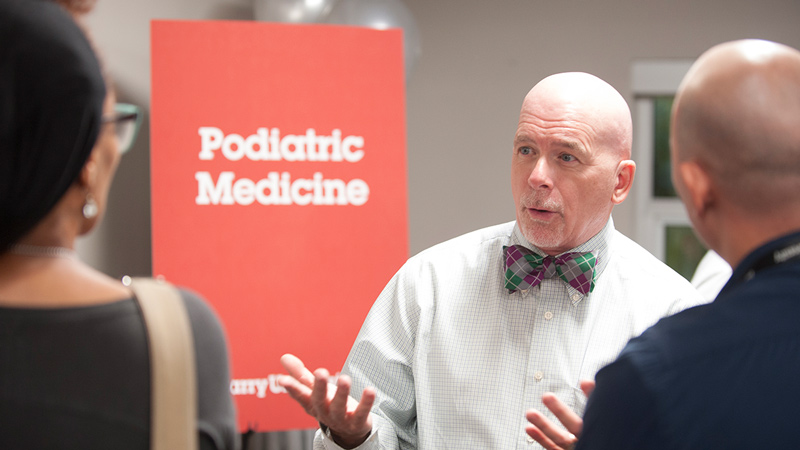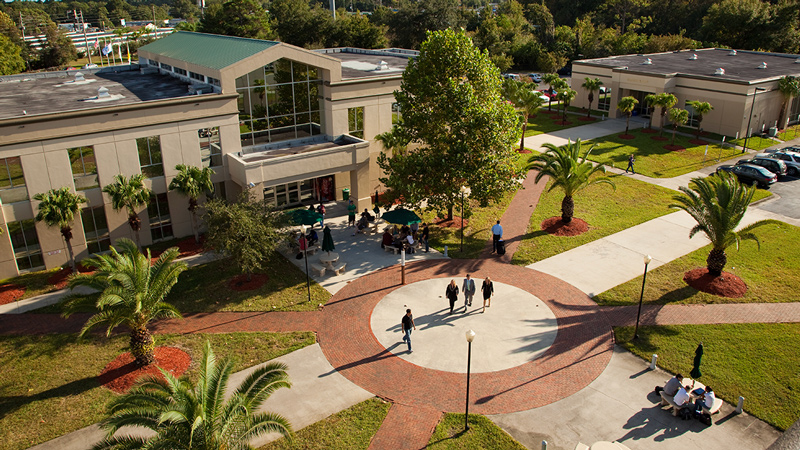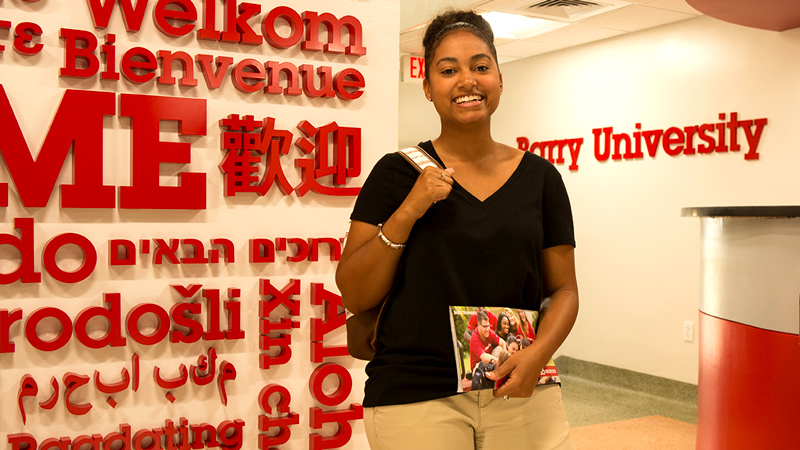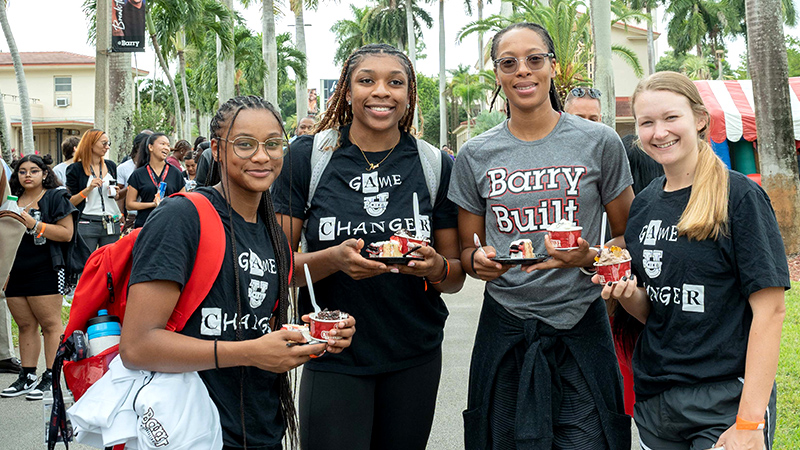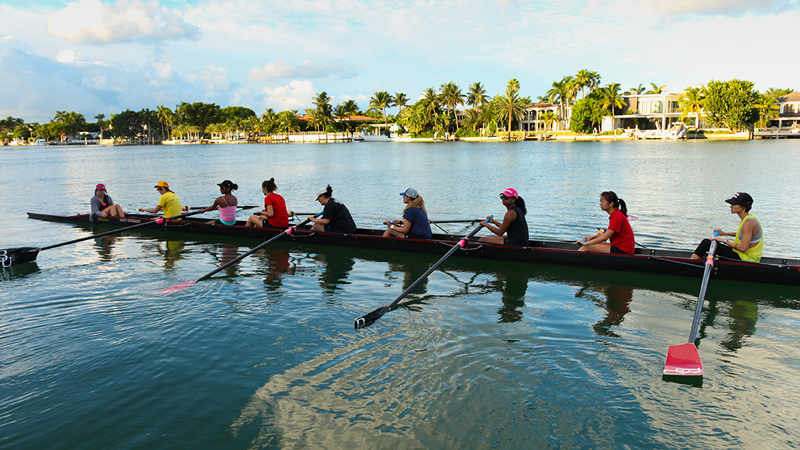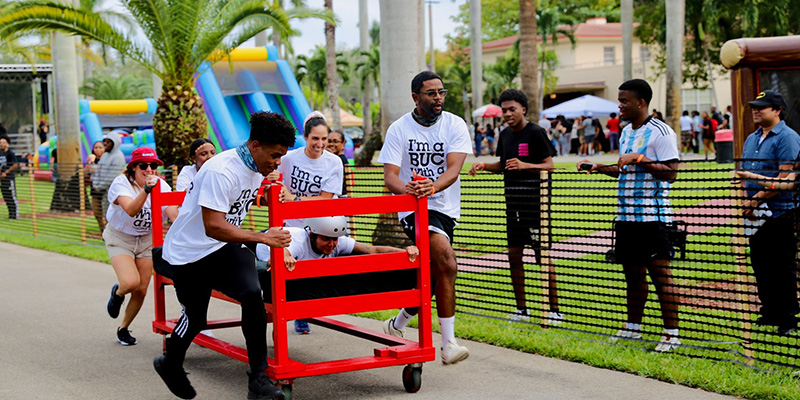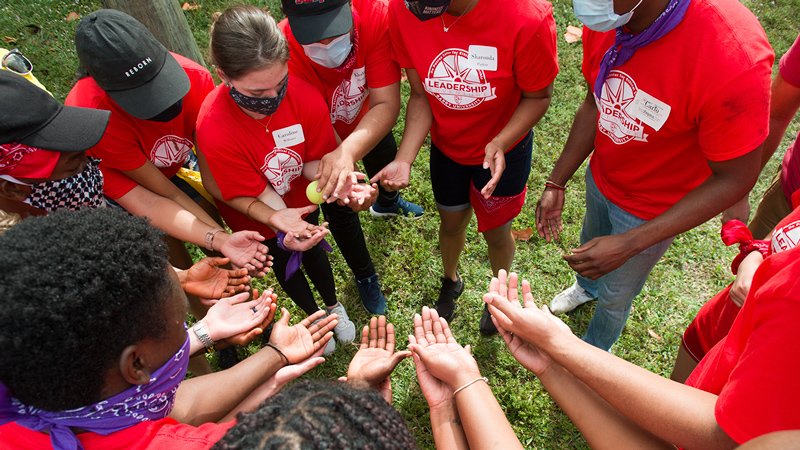Nadia Ahmad came to Barry as a visiting law student in Fall of 2004. She studied Florida Constitutional Law with Professor Judy Koons and came back to join the faculty in 2015. Her research focuses on sustainability and energy siting, and how it intersects with environmental justice, international investment law, and corporate social responsibility. We sat down with Ahmad to talk about the critical need to move away from fossil fuels to renewable energy, the barriers to deployment, and why we need to consider all populations and community impacts in the process.
Just Energy

What is the focus of your work in general?
When I first began, I was looking to see how natural resource issues were really at the heart of conflicts that were happening around the world. Conflicts that are couched as religious or sectarian are often based on natural resource scarcity, whether those conflicts are for water rights between India and Pakistan, or even closer to home between Florida and Georgia in terms of rights and access.
My research focused specifically on energy because it is crucial to wean ourselves off fossil fuels and accelerate renewables. I also studied rights relating to tribal environmental sovereignty in relation to pipelines and power lines. I have written about the potential use of advanced biofuels like seaweed, algae, and in-waste cooking oil and other types of food waste.
Over the last five years, I have been focusing more on environmental justice because there has been a real need to highlight and create specific mechanisms for environmental protection for communities that are more specifically impacted, including communities of color, indigenous communities, and poor communities.
Please describe your current research funded by the Sloan Foundation.
The Alfred P. Sloan Foundation sought collaborative social science research projects to look at underexplored issues of energy security, equity, and just energy transitions. Our proposal was one of nine accepted for awards for a total of $4.1 million. We are assuming a comparative approach to just energy transitions in four specific places—Florida, Louisiana, Kansas, and Pennsylvania.
We will be developing case studies and conducting interviews about how communities are impacted by renewable energy projects. We seek to partner with community organizations already focusing on this work that may not have the resources to do research and expand their efforts. Training students to do work relating to just energy transitions is a priority as well.
How did the idea for this research come about?
We are studying the ability to scale large renewable energy projects with concerns of permitting, job
loss, information and technology gaps, community expectations, and the lack of political will. Our research considers the law and policy aspects of a multi-faceted energy transition along with the high stakes and high rewards of approaching net-zero energy systems. We will look at the response to different variations with market factors and the political will in those areas for a just transition— moving away from fossil fuels and replacing them with other sectors or replacing the fossil fuel economy.
What are the specific barriers to community / government / local adoption of renewables in Florida? Of those, which ones are the most salient?
From Hurricane Ian, we learned that the local energy grids were unable to cope with natural disasters. Over 2.7 million customers in Florida (about twice the population of Maine) lost power in September 2022. More than a day later, over 15% of the state lacked power. We are concerned about these sudden shocks to the energy grid that will become more frequent with climate change and adverse weather impacts. Having municipal and local governments adopt net-zero energy technologies and incentivizing them would be a game changer.
Can you identify points of injustice or barriers to communities in the deployment of clean energy?
Many of the renewable energy credits that are available for clean energy use benefit landowners. Yet in Florida’s tourism corridors with high rental prices, landowners may not be as incentivized to switch from fossil fuels to renewables. We have a portion of the grant set aside to work directly with communities. Over the three-year grant, we will conduct research and surveys of community members to understand how they have been impacted. In many cases they have been left behind with transitions, whether they are economic transitions or even renewable energy transitions. We also see the impact the Inflation Reduction Act has on its specific aim on climate change and water infrastructure relating to lead pipes—so those types of energy transition and environmental justice laws could expand in the future.
How would you characterize the trends in environmental law and the environmental movement?
In the 1960s and ’70s, the last flurry of major environmental laws was passed: the Clean Air Act,
the Clean Water Act, and the National Environmental Policy Act (NEPA). Since then, no major environmental laws have been passed at the federal level, apart from a few amendments in the 1990s. That is in large part due to the influence of corporations, as well as the fossil fuel industry, to limit the efficacy of laws that were put in place previously, and to prevent the expansion of further environmental rights. From that space it has become important to develop this idea of private environmental governance, but also to develop public-private partnerships between governments, stakeholders, companies, and in frontline communities, to really advocate for environmental issues. If we are not seeing changes at the federal level, we’re seeing new laws emerging for environmental rights and environmental justice at the state and local levels. That terrain is the battleground for environmental protection, whether it is permitting municipal or larger pipeline projects. New legislation requires having education about what exactly environmental justice is. So, even from the perspective of corporate stakeholders, some may be concerned that there are community efforts to stop their projects from going forward.
What is the role that universities play, specifically Barry?
The universities involved are part of the brain trust of society. Universities are our home for innovation and for research development.
The Alfred P. Sloan Foundation grant and other grants within the universities become launchpads for additional opportunities for the institution. It is the idea of being able to get your ideas out into the world and invite students to collaborate that sets the stage for changing the grant culture.
We should celebrate and recognize that Barry is a minority-serving institution and see the strength of our diversity among our students, our staff, and our faculty. The world has changed rapidly over the past few decades, and it will continue to change. We are in an outstanding position to take advantage of these proposals as a minority-serving institution, because these institutions have been historically underfunded. It is time to correct course.
